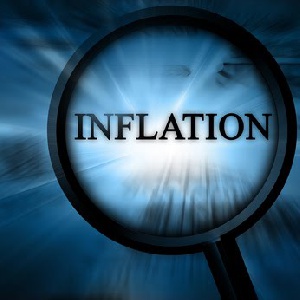Ghana is on course to achieving its stated objective of single digit inflation this year as inflation drops to a record 11.66 per cent in April, 2010.
Government’s sound macroeconomic policy characterized by fiscal and monetary prudence in 2009 and 2010 has kept inflation expectations well anchored.
Overall 12-month inflation rate slowed down during the second half of the year 2009 from 20.74 percent in June 2009 to 15.97 percent in December 2009.
However, after peaking in June 2009 at 20.7 percent, the third quarter recorded three successive months of declines in headline inflation to settle at 18.4 percent in September 2009. In October, inflation eased further to 18.0 percent, and the rate continued to point to easing inflationary pressures. By the end of December 2009, headline inflation was 15. 97 percent.
The latest figures for Headline inflation shows that the disinflation process is still on course. According to the Statistical Service, April 2010 inflation rate which was released today is 11.66%. The rate is 1.66 percentage points lower than that of March 2010 (13.32 per cent). This represents the tenth consecutive month of decline in the rate since it peaked at 20.7 per cent in June 2009.
The massive stability of the Cedi witnessed from July last year also contributed to this impressive performance.
Finance Minister, Dr Kwabena Duffuor said to achieve the Better Ghana agenda, government is resolute in its quest to maintain and entrench sound public finances through both monetary and fiscal discipline.
“The Macroeconomic stability we are seeing in the last ten months in Ghana is an essential precondition for sustainable economic growth and job creation. It allows individuals, businesses and the Government to plan more effectively for the future.
“Generally, countries which maintain relatively stable macroeconomic variables such as inflation, unemployment, interest rates, exchange rates, and the balance of payments tend to display higher long-term growth rates”, Dr Duffuor added.
ISSUED BY ABDUL HAKIM AHMED,
MEDIA LIAISON
MINISTRY OF FINANCE & ECONOMIC PLANNING
THE NEWS EDITOR
Business News of Wednesday, 12 May 2010
Source: --













